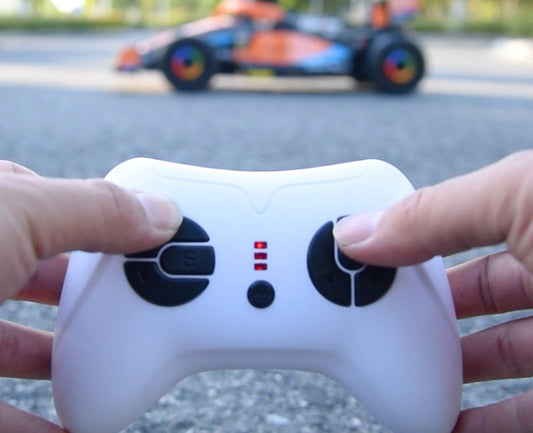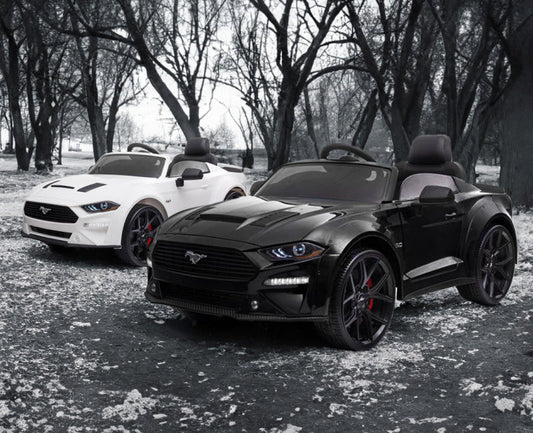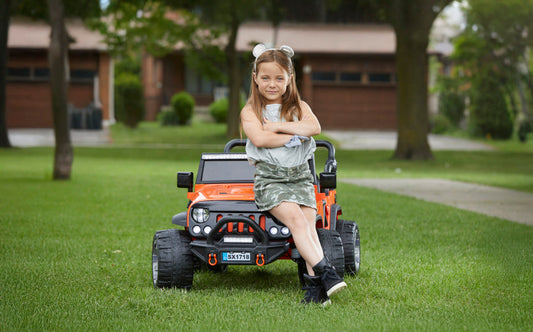When shopping for a ride-on car, one of the most common questions parents ask is: What’s the difference between a 12V and a 24V model?
This guide will help you understand how they compare, and which one suits your child’s age and play environment best.
🔋 1. What Does 12V or 24V Mean?
The “V” stands for volts, which tells you the strength of the battery powering the car.
-
12V cars use a 12-volt battery
-
24V cars use a 24-volt system (usually two 12V batteries)
The higher the voltage, the more powerful the car — meaning stronger motors, better torque, and slightly faster speeds.
🛣️ 2. Speed and Performance
-
12V ride-ons generally run at speeds of 3 to 8 km/h, depending on the model and surface
-
24V ride-ons tend to be a bit faster, with some models going over 8 km/h
Higher speed may be exciting, but it’s best suited for children with better control and experience.
👶 3. Age Suitability
Most 12V and 24V ride-ons are designed for kids aged 3 to 8 years old.
However, because faster speeds require better coordination, 24V models are better suited for slightly older kids or those already familiar with basic ride-on controls.
Always check the manufacturer’s age and weight recommendations to ensure a safe fit.
🔋 4. Battery Duration
Battery life depends on many factors like terrain and usage, but on average:
-
12V ride-ons can last up to 30–40 minutes
-
24V ride-ons may last up to 40–60 minutes
Charging time and conditions can vary, so it’s important to read the care instructions for your specific model.
🏞️ 5. Terrain Compatibility
-
12V cars are best for flat surfaces like driveways, concrete, or indoor floors
-
24V cars can handle more challenging surfaces like slight inclines, uneven pavement, or packed dirt
Note: Even though 24V cars are more powerful, grass is still too intensive for most ride-on cars and may drain the battery faster.
💰 6. Price Consideration
-
12V models are more affordable and suitable for everyday play
-
24V models come at a higher price point, but offer added power and longer play potential as your child grows
✅ So, Which One Should You Choose?
-
For younger kids or beginners, a 12V car offers safe and fun performance
-
For older children or better power, a 24V car provides more power and flexibility




